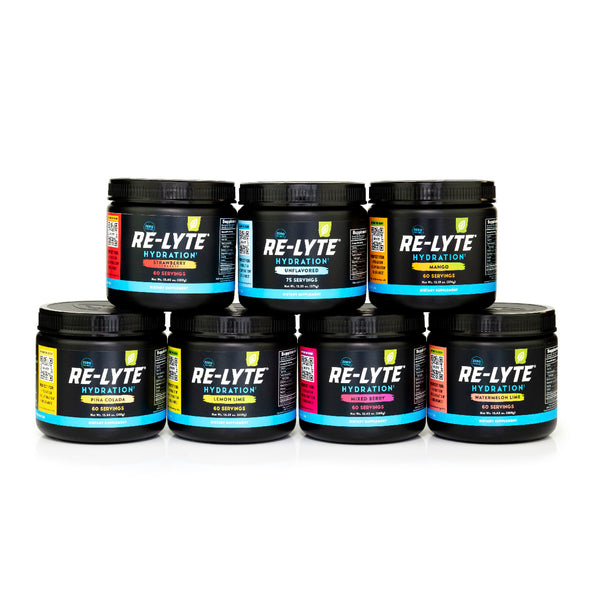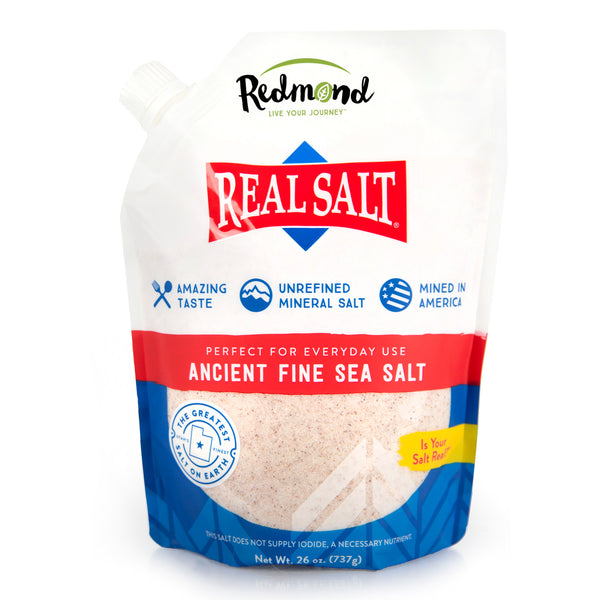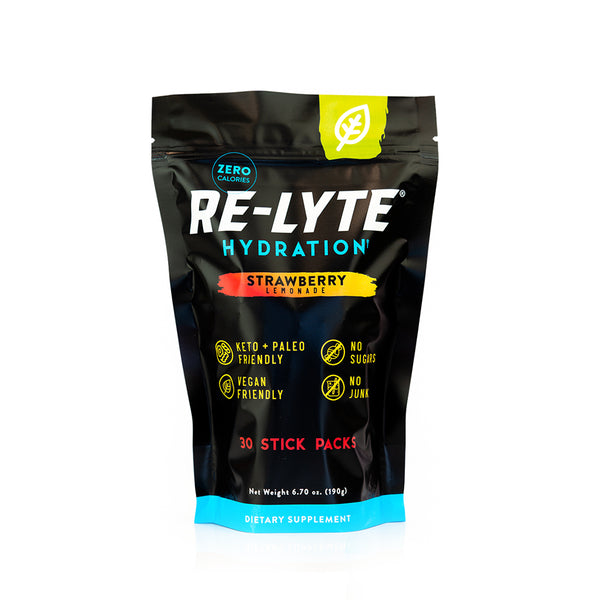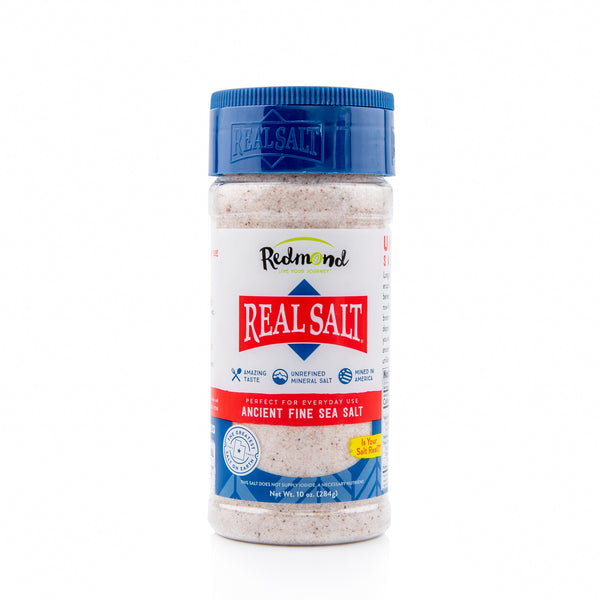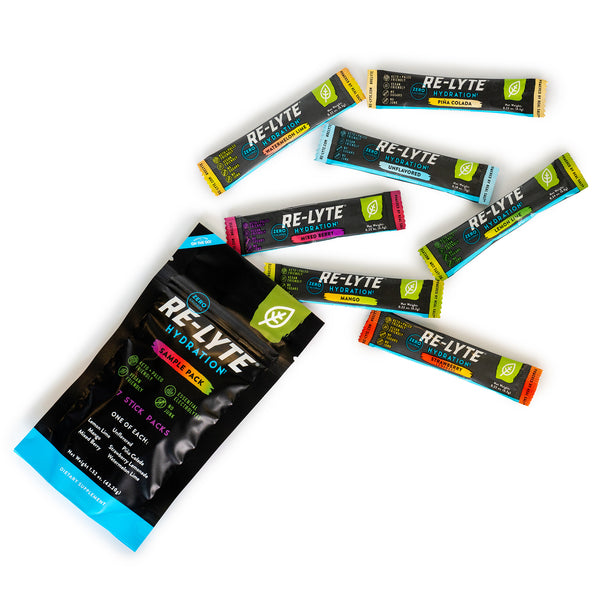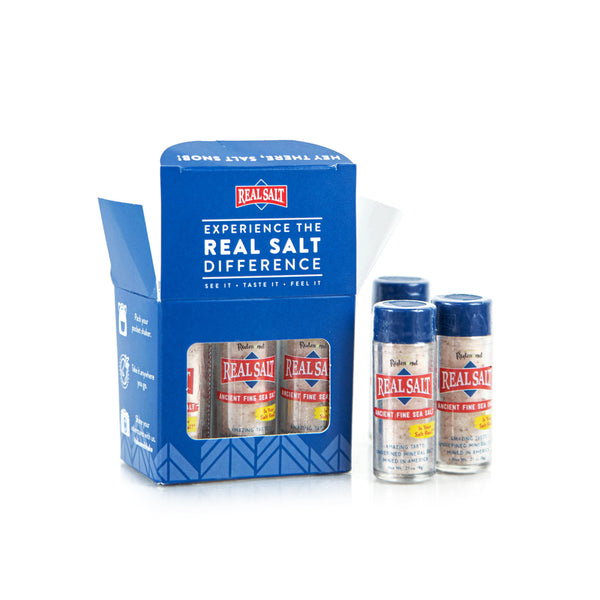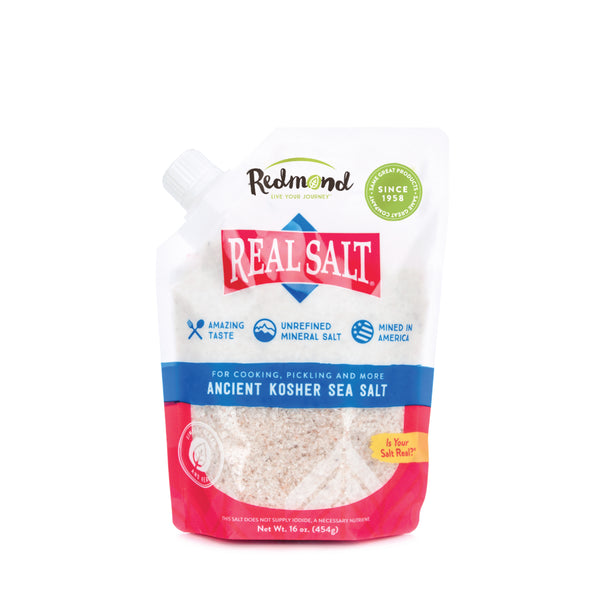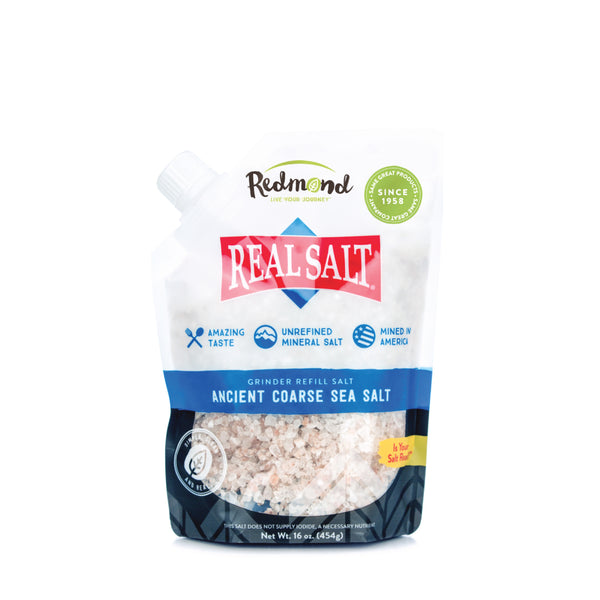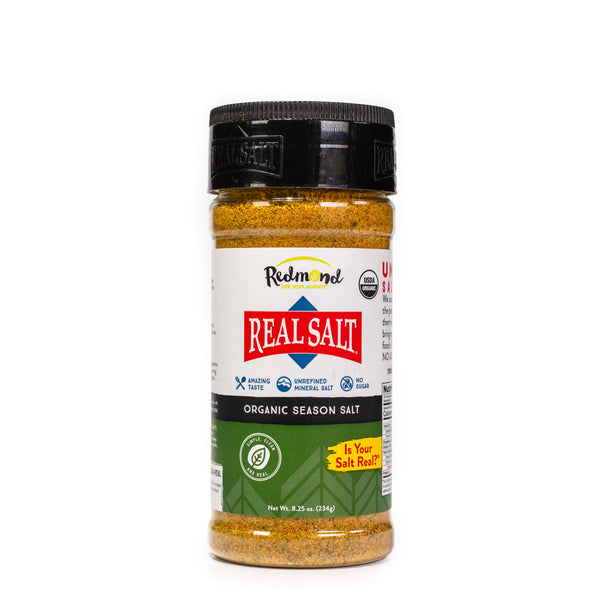Here's How Much Sodium You Should Really Have Per Day (Hint: It's More Than You'd Think)
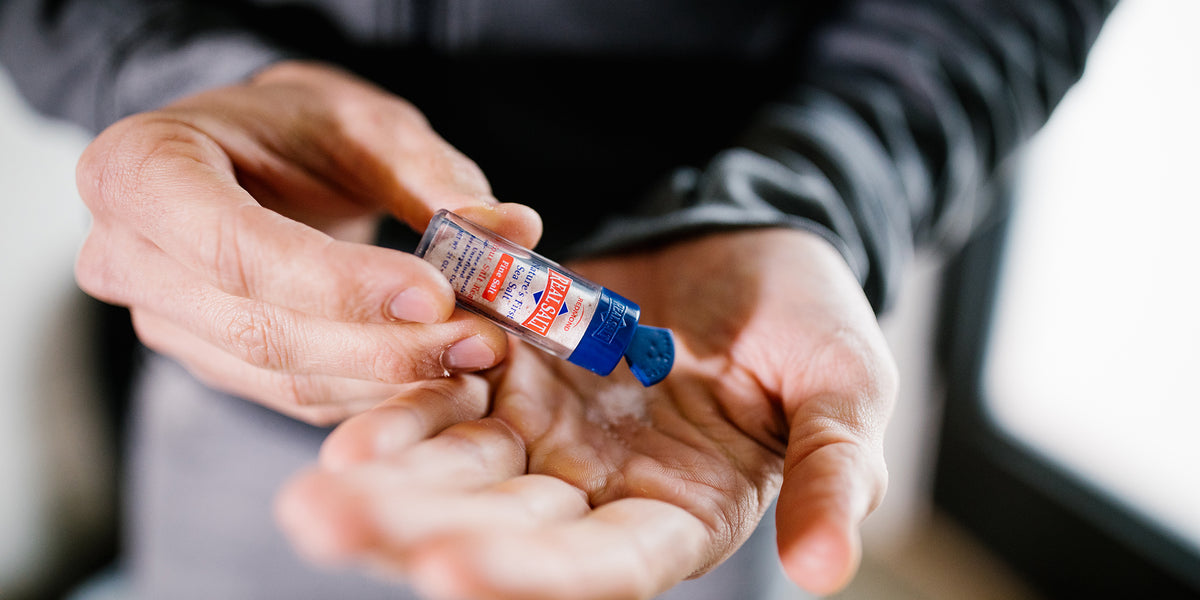
Article at a Glance:
- We’ve been taught to avoid sodium because of its links to high blood pressure, heart attacks, and strokes, but there’s evidence that salt isn’t as unhealthy as we’ve been led to believe.
- Not eating enough salt can be harmful to the body and trigger an increase in glucose, a reduction of blood flow to organs, and the loss of too much magnesium and calcium in our sweat.
- Your body will give you signs when you’re not consuming enough salt, like thirst, salt cravings, less urine output, and more.
- Cardiovascular research scientist Dr. James DiNicolantonio says that optimum sodium intake is around 3,000-5,000 milligrams per day for most people on non-workout days and around 5,000- 7,000 milligrams on workout days.
Think back to your 7th-grade health class. Do you remember the food pyramid? Or perhaps it was before the food pyramid, but you might remember the nutrition guidelines? Or maybe your memories of early nutrition knowledge are rooted in the fad diet of the time? Low fat? Low carb? Low salt?
Point being – if we recall our early memories of “dietary recommendations,” they are likely a far cry from what’s being recommended now. Diet and nutrition trends change with the winds, often fueled and funded by big-name drug and foodservice companies, and are not always rooted in nutrition facts.
For far too long, salt and sodium have been demonized. But what’s the truth? We’re looking to Dr. James DiNicolantonio, cardiovascular research scientist and author of “The Salt Fix: Why the Experts Got It All Wrong--and How Eating More Might Save Your Life,” for a researched and realistic look at the impact of sodium on the body.
Why Does Sodium Have Such a Bad Reputation?
Decades of low sodium dieting have led to a bad reputation for the mineral. We’ve been taught to avoid salt because of its links to high blood pressure, heart attacks, and strokes when it is consumed in excess. But according to Dr. DiNicolantonio, that couldn’t be further from the truth.
His research shows that when we restrict our salt intake beyond a certain level, the body starts to produce more insulin to retain the salt we do have. This leads to an increase in glucose, a reduction of blood flow to organs, loss of magnesium and calcium in our sweat, and multiple other health complications.
How Does Salt Help the Body?
We know we may be a little biased, but our love for salt goes far beyond the Redmond brand. This magic mineral helps to regulate dozens of functions in the body, in addition to heightening flavor and preserving food. Salt can:
- Reduce sugar cravings
- Carry nutrients into cells
- Regulate blood pressure and bodily fluids
- Promote healthy digestive function
- Support your nervous system
And much more. Maintaining proper sodium levels allows our bodies to function the way they should, so we feel our best.
What Are the Signs of Low Sodium?
Wondering how to tell whether you’re getting enough sodium to support your body’s optimum health and well-being? According to Dr. DiNicolantonio, you should pay attention to signs your body may give you that you need more salt and sodium, like:
- Cold extremities
- Dark urine
- Less skin elasticity (you can test this by pinching your skin and seeing if it becomes tented)
- Less sodium in your urine compared to what you’re taking in
- Less urine output
- Dry armpits and tongue
- Slow capillary refill (you can test this by pinching your nail bed, releasing, and seeing if it takes longer than 2 seconds to turn from white to pink)
- Postural tachydardia/dizzines/hypotension
- Salt cravings
- Loss of consciousness from low blood pressure
- Thirst
How Much Sodium Do I Really Need?
In The Salt Fix, Dr. DiNicolantonio provides evidence from numerous studies demonstrating that low sodium intake can lead to sugar cravings, chronic fatigue, insulin resistance, low blood pressure, arrhythmias, hypertension, and more. So how much sodium do you need to combat these potential risks?
Similar to recommendations for water intake, Dr. DiNicolantonio says the specific amount can vary from person to person. The number one rule is always going to be: listen to your body.
Are you craving sugar? Are you always tired? Do you consume a lot of caffeine or exercise vigorously? These could be indicators that you need more salt, along with the signs we mentioned in the list above.
Dr. DiNicolantonio’s research has shown the optimum salt intake to be around 3,000-5,000 milligrams of sodium per day for most people on non-workout days (This doesn’t include people who have hyperaldosteronism, Cushing’s disease, or Liddle syndrome. These conditions can cause people to retain too much salt, so people with these conditions do need to keep salt intake lower).
On workout days, Dr. DiNicolantonio says you may need somewhere between 5,000 and 7,000 mg of sodium depending on how hard you’re working out and how much you’re sweating.
There are a variety of other factors that influence how much sodium is healthy for you, like whether you’re pregnant or nursing, whether you eat a high-sugar diet, whether you eat a low-carb diet, whether you have inflammatory bowel disease, and whether you have kidney disease. You can find a detailed breakdown of salt intake recommendations based on your unique lifestyle factors in “The Salt Fix.”
What Kind of Salt Should I Use?
Not all salt is created equal. The bleached, highly-refined table salt we’ve been fed for decades is indeed a culprit of salt’s bad reputation. It contains additives like dextrose (sugar), anti-caking agents, and artificially-added iodine. It’s also exposed to pollutants like microplastics.
We like our salt real. That means no additives— even the kind that claim to be good! Real Salt comes to you exactly as nature intended, rich in natural sodium and trace minerals that keep your body functioning at its best. And it’s mined from an ancient seabed where it’s safe from modern pollutants. You’ll see the real benefits reflected in both taste and health!
Here is how much Sodium from Real Salt is in each of our Re-Lyte products!
Sources:
“The Salt Fix”— Dr. James DiNicolantonio.
The Surprising Mineral Can Counteract the Effects of Sugar—Dr. James DiNicolantonio.
Pass the Salt, Please. It’s Good for You— The Washington Post.
Fibromyalgia Syndrome: A Case Report on Controlled Remission of Symptoms by a Dietary Strategy—Frontiers in Medicine.
What to know about water retention— Medical News Today.
Natural sea salt consumption confers protection against hypertension and kidney damage in Dahl salt-sensitive rats—Food & Nutrition Research.
Distribution and function of voltage-gated sodium channels in the nervous system— Channels.
